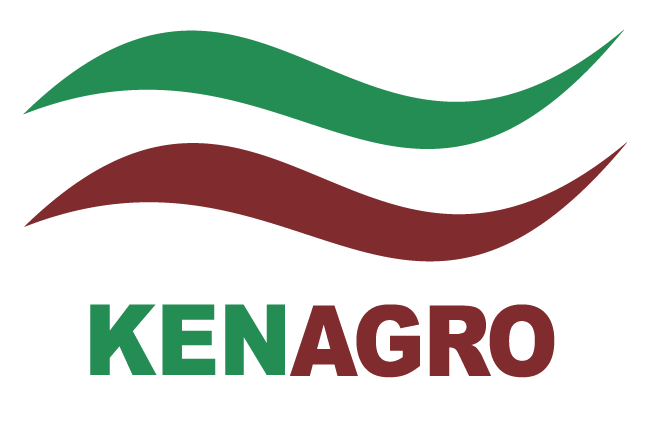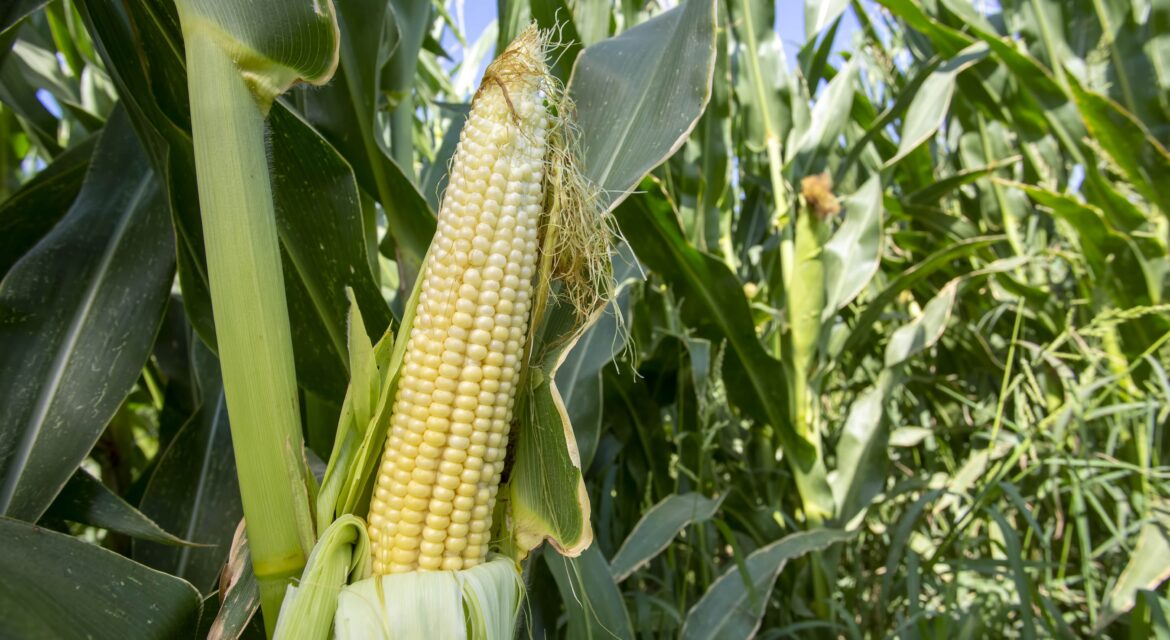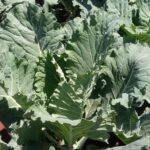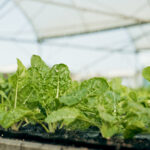Maize farming in Kenya is an important activity that supports food security and contributes to the national economy. In fact, maize is one of the most widely grown staple crops and is cultivated in nearly all regions of the country. It provides livelihoods for millions of farmers, both at the subsistence and commercial levels.
To achieve high yields and good profits, farmers need to follow best practices and modern maize production techniques. This guide covers key topics such as crop selection, soil and climate requirements, land preparation, pest and disease management, harvesting, marketing, and farm business planning.
1. Choosing the Right Maize Varieties for Farming in Kenya
To get high maize yields, start by choosing certified maize seed varieties that suit your region, such as DH04, H614, or H6213. Next, decide between short-season and long-season varieties based on local rainfall and temperature patterns. In addition, align your planting schedule with expected rains and market demand to achieve the best results.
2. Soil and Climate for Successful Maize Farming in Kenya
Soil: Maize grows best in fertile, well-drained loamy soils with a pH of 5.5 to 7.0. Avoid compacted or waterlogged soils, as they can cause root diseases and poor crop growth.
Climate: Maize thrives in moderate to high rainfall areas (500–1200 mm annually) and temperatures between 18°C and 30°C. Furthermore, planting in areas with consistent rainfall ensures healthy growth and better yields.
3. Land Preparation and Planting Techniques for Maize Farming in Kenya
First, prepare your land 2–3 weeks before planting by ploughing and harrowing to get a fine tilth and level field. Next, plant maize in rows, keeping about 75 cm between rows and 25–30 cm between plants. In addition, apply a basal fertilizer such as DAP at planting to encourage healthy root growth and strong seedlings.
4. Crop Management: Irrigation, Fertilization, and Weeding
Irrigation
In dry or semi-arid regions of Kenya, supplement rainfall with irrigation to maintain consistent soil moisture.
Feeding the Crop
Next, apply top-dressing fertilizers such as CAN or UREA 3–4 weeks after germination to support strong growth.
Weeding
Finally, weed your maize field at least twice, especially before flowering. This helps reduce competition for nutrients and water, ensuring healthy plants and higher yields.
5. Pest and Disease Control in Maize Farming in Kenya
Common Pests in Maize Farming in Kenya
Maize in Kenya is often attacked by pests such as fall armyworm and maize stalk borers. To reduce damage, monitor your fields regularly and remove affected plants.
- Fall armyworm
- Maize stalk borer
Common Diseases in Maize Farming in Kenya:
Maize can also be affected by diseases like maize lethal necrosis (MLN) and maize streak virus. Therefore, use healthy, disease-free seeds and practice crop rotation to prevent infections.
- Maize lethal necrosis (MLN)
- Maize streak virus.
Control measures: Use pest-resistant maize varieties, practice crop rotation, plant early, and apply recommended pesticides on time for effective pest and disease management.
6. Harvesting and Post-Harvest Handling Harvest maize when the grains are hard, dented, and moisture content is around 13–15%. Dry the maize thoroughly to prevent aflatoxin contamination. Store your maize in clean, dry, and well-ventilated storage facilities or use hermetic storage bags to protect against pests and moisture.
7. Marketing and Value Addition Opportunities
Sell maize directly to local markets, millers, or processing companies. Joining a farmer cooperative can improve your bargaining power and market access. Explore value addition options such as producing maize flour, animal feed, or maize bran to increase your income.
8. Farm Business Management and Record Keeping
Maintain accurate farm records for inputs, yields, costs, and sales to help you track profitability and make informed decisions. Develop a budget, analyse your returns, and consider financial services like agricultural loans or crop insurance to support your maize farming business.

Unlocking the Potential of Maize Farming in Kenya
Successful maize farming in Kenya relies on strategic planning, proper agronomic practices, and informed decision-making. From selecting the best maize seed varieties and preparing the land, to managing pests, applying fertilizers, and accessing reliable markets, each step plays a crucial role in achieving high yields and profitability.
By adopting modern maize farming techniques, maintaining accurate farm records, and utilizing available support services, Kenyan farmers can increase production, reduce losses, and improve their livelihoods. With the right knowledge and tools, maize farming remains a sustainable path to food security and economic empowerment in Kenya.





JAFETI SEKELA
Thank you for your help and clarification on the maize cultivation. I will take decision by following through your training. Be blessed
Cornelious rutto
Impressive. Agriculture is my culture